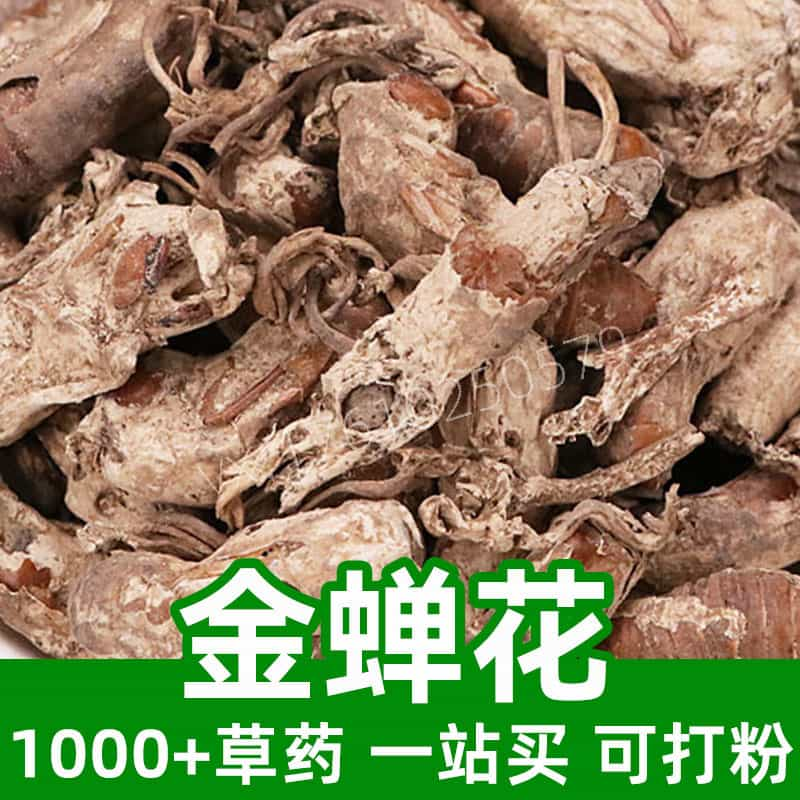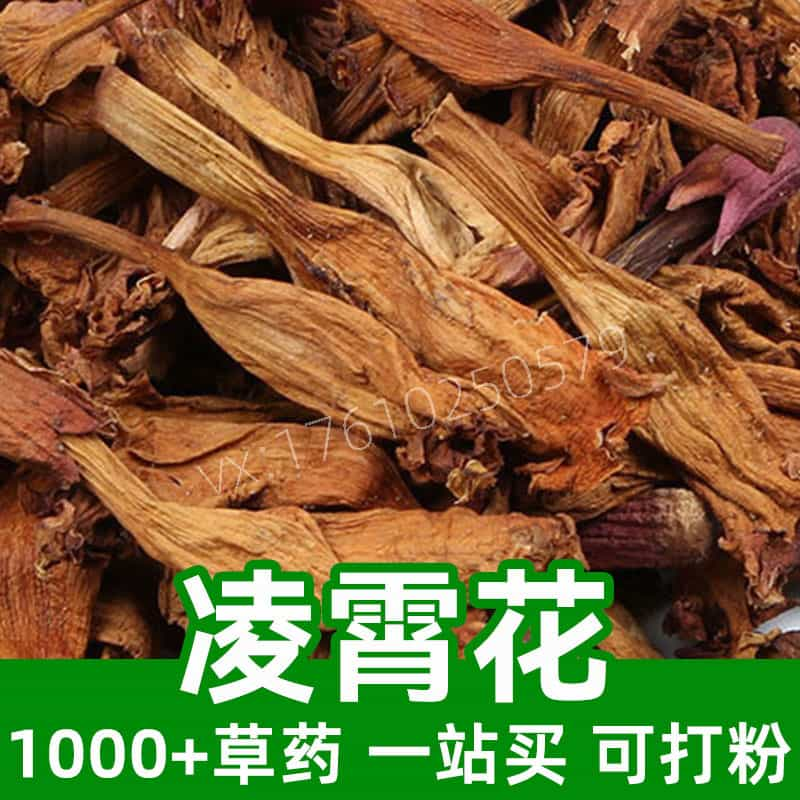Forsythia Product Overview
Forsythia, scientifically known as Forsythiae Fructus, is a commonly used traditional Chinese medicinal material derived from the mature fruit of the Forsythia plant. Its primary components include essential oils, tannins, glycosides, and monoterpenoids. Forsythia is bitter and cold in nature and aligns with the liver, gallbladder, heart, and small intestine channels.
Forsythia is widely applied in traditional Chinese medicine (TCM) for its heat-clearing, detoxifying, liver-cleansing, and swelling-reducing properties. Clinically, it is used to treat colds, sore throats, tonsillitis, acute upper respiratory tract infections, and skin conditions such as eczema and erysipelas. Additionally, Forsythia is effective in eliminating heat and dampness while reducing swelling and detoxifying.
Overall, Forsythia is a vital TCM herb with broad applications for disease treatment and health maintenance.
Main Active Components of Forsythia
Forsythia, as a commonly used medicinal herb, contains a variety of active components that contribute to its pharmacological properties and efficacy:
- Essential Oils: Rich in volatile aromatic compounds such as quercetin and quercetin ketone, these components exhibit antibacterial, anti-inflammatory, and sedative effects.
- Tannins: Tannins in Forsythia offer astringent, hemostatic, and antimicrobial properties, making them effective for treating skin conditions such as eczema and erysipelas.
- Glycosides: Including forsythiaside and phenolic acid glycosides, these compounds provide heat-clearing and detoxifying effects, commonly used for colds and sore throats.
- Monoterpenoids: Forsythia contains monoterpenoids such as forsythiaside esters and forsythiaside alcohol, which have anti-inflammatory, antibacterial, antipyretic, and sedative properties, useful for fever and infections.
- Flavonoids: These compounds provide antioxidant, anti-inflammatory, and vascular-protective effects, supporting cardiovascular health.
The synergistic action of these components underlies Forsythia's efficacy in heat-clearing, detoxifying, liver-cleansing, and swelling-reducing applications, making it widely used in TCM.
Forsythia Applications, Usage, and Dosage
Forsythia is extensively utilized in TCM and the food industry. Below are its main applications, methods of use, and dosage:
- Applications in Traditional Chinese Medicine:
- Clearing Heat and Detoxifying: Used to treat colds, sore throats, and fever.
- Relieving Fire Toxin: Effective for ulcers and gum swelling caused by heat.
- Clearing the Liver and Improving Vision: Treats eye redness and dryness.
- Reducing Swelling and Dispersing Knots: Applied in lymphadenitis and tonsillitis treatments.
- Usage and Dosage:
- Decoction: Commonly boiled and consumed, with a typical dose of 3–10 grams per use, adjusted as needed.
- Processing: Can be processed into charred Forsythia for external use, such as treating ulcers or eczema.
- Soup Preparation: Often combined with other herbs like Scutellaria and Isatis root to enhance efficacy.
- Applications in Food:
- Health Teas: Used as an ingredient in herbal teas for detoxification and digestion.
- Food Additive: Incorporated into soups or stews to enhance nutritional and medicinal properties.
- Usage and Dosage in Food:
- Tea Infusion: Steep dried Forsythia in hot water, consumed 1–2 times daily, adjusting dosage as necessary.
- Ingredient in Recipes: Add to soups or stews in moderation, based on desired flavor and effects.
- Precautions:
- Dosage Control: Avoid excessive use to prevent adverse effects.
- Contraindications: Pregnant or breastfeeding women and children should use under medical supervision.
- Combination with Other Herbs: Ensure compatibility to prevent interactions.
In summary, Forsythia has broad applications in TCM and food industries. Proper usage and adherence to guidelines ensure its effectiveness and safety.
Forsythia Source Plant, Distribution, and Growth Environment
Forsythia, known as Lonicera japonica Thunb., belongs to the honeysuckle family. It is a common climbing shrub with medicinal and ornamental value.
- Source Plant:
- A perennial plant with creeping or climbing growth habits. Its flowers and leaves are medicinally used for their heat-clearing and detoxifying properties.
- Distribution:
- Native to China, predominantly found in southern regions, including South China, East China, and the Yangtze River basin. It is also distributed in Japan, Korea, and other parts of Asia and has been introduced to Europe, North America, and Australia.
- Growth Environment:
- Prefers warm, humid climates with ample sunlight. Found on slopes, riverbanks, roadsides, and forest edges. Thrives in well-draining, fertile soil.
- Growth Characteristics:
- Hardy and drought-resistant, with vigorous growth during spring and summer. Adaptable to various environments.
- Propagation Methods:
- Propagated mainly through seeds or cuttings. These methods are commonly used for cultivation.
- Cultivation and Management:
- Requires pruning and removal of dead leaves to ensure healthy growth and improve yield and quality.
Forsythia’s wide distribution and adaptability make it valuable in TCM and horticulture.
Forsythia Harvesting, Processing, and Storage
The harvesting, processing, and storage of Forsythia are critical for preserving its medicinal value:
- Harvesting Time:
- Best collected in spring when flowers are abundant and medicinal properties peak.
- Harvesting Methods:
- Manually pick flowers and leaves from unpolluted areas to maintain quality.
- Processing:
- Remove impurities, dry under sunlight or through mechanical drying, and store in ventilated, dry conditions.
- Storage:
- Store in cool, dry, and well-ventilated areas. Use moisture-proof containers to prevent spoilage.
- Regularly inspect and rotate stock to ensure quality.
These practices ensure that Forsythia retains its efficacy and quality during storage and use.
Monica Sun is a seasoned expert in the natural raw materials industry, with over a decade of experience specializing in traditional Chinese medicinal herbs, spices, and fungi. She is skilled in the sourcing, processing, and application of these materials, emphasizing sustainability and innovation. Monica Sun has contributed to the development of high-quality natural raw materials that serve as essential components in functional foods, pharmaceuticals, and cosmetics, delivering tailored solutions to meet diverse market needs.













